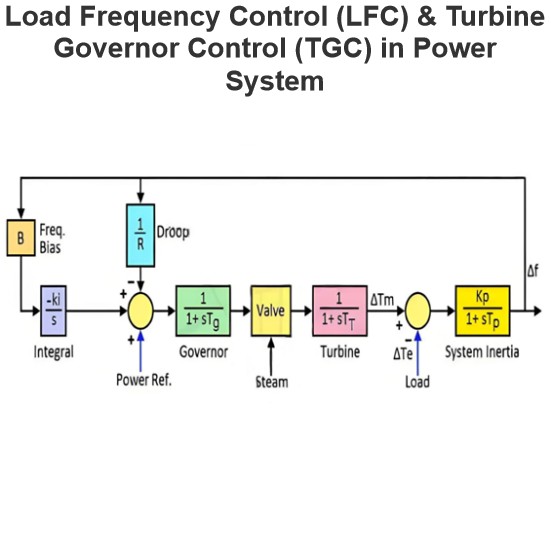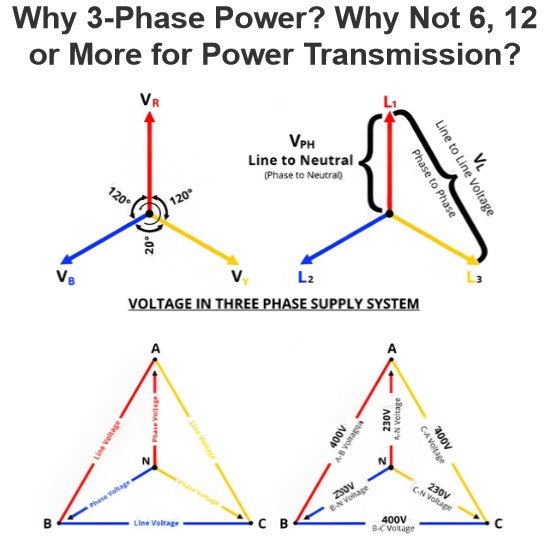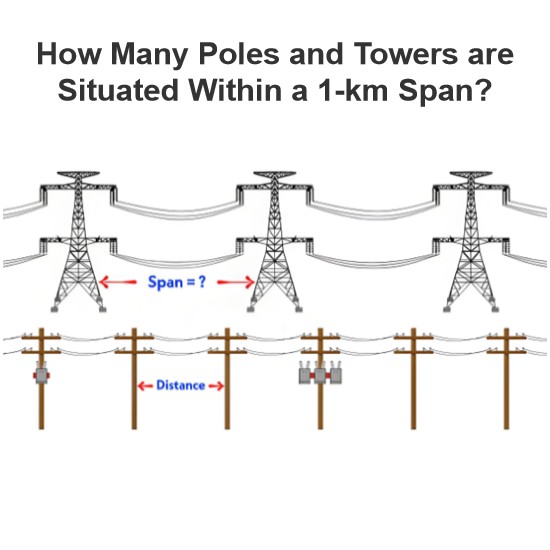What is Voltage Surge?
What is Voltage Surge?
Definition
Voltage surge is defined as a sudden and excessive rise in voltage that can damage the electrical equipment within an installation. Overvoltages in power lines occur due to an increase in voltage between phases or between a phase and ground. Voltage surges are mainly categorized into two broad types: internal and external voltages.
Types of Voltage Surges
Overvoltages in a power station can be triggered either by internal disturbances or by atmospheric phenomena. Based on the origin of these overvoltages, voltage surges are classified into two main categories:
Internal Overvoltage
External Overvoltage
Internal Overvoltage
When the voltage within a power system rises above its rated value on its own, it is referred to as internal overvoltage. Internal overvoltages can be transient, dynamic, or stationary in nature. If the overvoltage wave is transient, its frequency has no relation to the normal system frequency, and it typically persists for only a few cycles.
Transient overvoltages can be induced by the operation of circuit breakers during the switching of inductive or capacitive loads. They can also be generated when interrupting very small currents or when one phase of a system with an insulated neutral is suddenly grounded.
Dynamic overvoltages occur at the normal system frequency and last only for a few seconds. These can be generated when a generator is disconnected or when a large portion of the load is suddenly shed.
Stationary overvoltages occur at the system frequency and can persist for an extended period, sometimes up to an hour. Such overvoltages are generated when an earth fault on one line persists for a long time. They can also be caused when the neutral is grounded through an arc suppression coil, resulting in overvoltage on the healthy phases.
These internal overvoltages can exceed three to five times the normal phase - to - neutral peak voltage of the system. However, for equipment with proper insulation, they are relatively less harmful.
Internal overvoltages are mainly caused by the following factors:
Switching Operation on Unloaded Line: During switching operations, when a line is connected to a voltage source, travelling waves are initiated. These waves quickly charge the line. At the moment of disconnection, the voltage of these waves can instantaneously reach a magnitude not exceeding twice the supply voltage.
Sudden Opening of Load Line: When the load on a line is suddenly removed, a transient voltage of value e = iz0 is generated. Here, i represents the instantaneous value of the current at the moment of line opening, and (z0) is the natural or surge impedance of the line. The transient overvoltage on the line is independent of the line voltage. As a result, a low - voltage transmission system is as likely to experience overvoltages of the same magnitude as a high - voltage system.
Insulation Failure: Insulation breakdown between the line and the earth is a common occurrence. When the insulation fails, the potential at the fault point suddenly drops from its maximum value to zero. This leads to the generation of a negative voltage wave with a very steep front, in the form of surges, which propagate in both directions.
External Overvoltages
Overvoltages caused by atmospheric discharges, such as static discharges or lightning strokes, are known as external overvoltages. External overvoltages can impose significant stress on the insulation of electrical equipment. The intensity of these voltages varies depending on the nature of the lightning event.
The intensity of lightning depends on how directly the power line is struck. This can be directly by the main discharge, directly by a branch or streamer, or due to induction from a lightning flash passing close to but not touching the line.
Installations in a power station can be mainly classified into two types. One type is electrically exposed, meaning the apparatus is directly subjected to overvoltages of atmospheric origin. The other type is electrically non - exposed and thus not affected by this type of overvoltage.
The Electricity Encyclopedia is dedicated to accelerating the dissemination and application of electricity knowledge and adding impetus to the development and innovation of the electricity industry.













